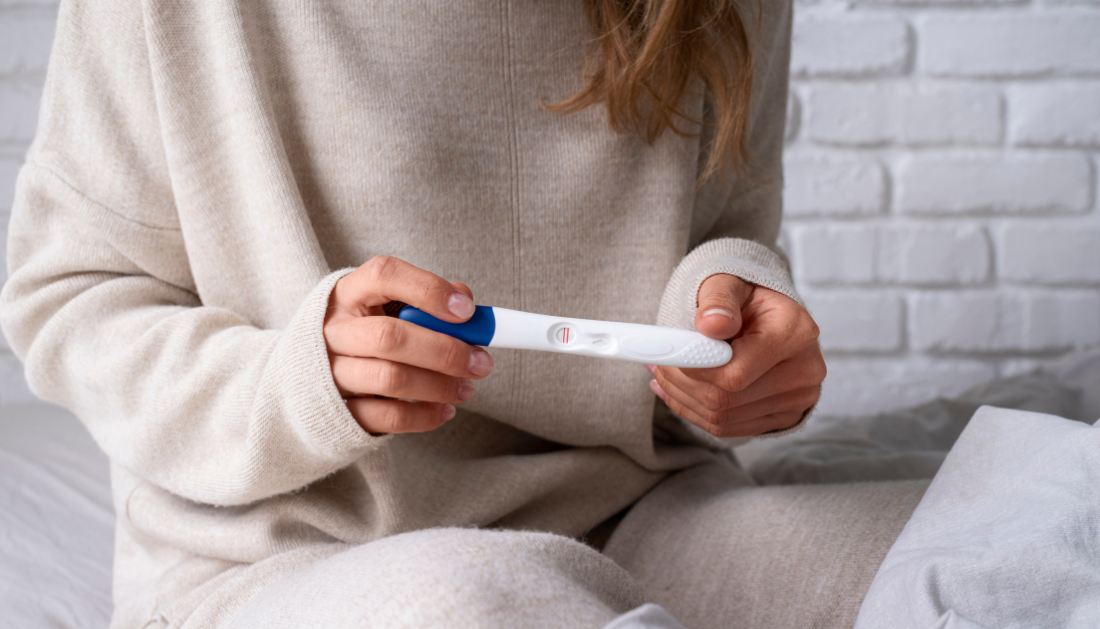

In a recent JAMA Network Open publication, researchers compared cancer risk in children born by medically assisted reproduction (MAR) to those born by natural conception.
Background
Childhood cancers are a global health issue, with early onset after birth and embryological traits suggesting they may arise before conception. MAR therapies, like assisted reproduction technologies (ART), are potential pediatric cancer risk factors due to their epigenetic disruption potential.
Studies have shown an increased risk of adverse perinatal outcomes such as preterm delivery, low birth weight, and fetal development defects. However, the long-term effects of reproductive therapies on child health remain uncertain, with conflicting findings.
About the Study
Researchers investigated if cancer risk differed between infants born through medically assisted reproduction and those born through natural conception.
The researchers collected data from the French National Mother-Child Register (EPI-MERES) for live births in France from January 1, 2010, to December 31, 2021 (follow-up through June 30, 2022).
They analyzed data from December 1, 2021, to June 30, 2023. The study’s exposure was ART usage, including artificial insemination (AI), fresh embryonic transfer (ET), and frozen ET (FET).
The team classified infants as born after MAR if their conception date was within three weeks of the MAR procedure and naturally conceived otherwise. They used the recorded embryo transfer (ET) date as the ART procedure date. Children were born following fresh ET if the interval between oocyte retrieval and ET was less than three weeks.
The researchers compared cancer risk overall and stratified by cancer subtype between children born following MAR and those conceived spontaneously by performing Cox proportional regression modeling to derive the hazard ratios (HRs), adjusted for mother and child factors at birth.
Study covariates included birth year, sex, singleton or multiple births, birth weight, gestational length, an indicator of fetal growth, maternal age at index childbirth, and the French census-based deprivation index of the municipality of residence at birth as a proxy for household socioeconomic status.
The team identified primary congenital anomalies using the International Classification of Diseases, 10th edition (ICD-10) codes.
They identified childhood malignancies using the French National Registry of Childhood Malignancies (RNCE) and the International Classification of Childhood Cancer, Third Edition (ICCC-3) codes. They determined MAR procedures and dates using CCAM codes for oocyte retrieval, ET, and AI.
Case patients were children with cancer meeting one or more of the following criteria: had at least two hospitalizations with cancer diagnosis, at least one hospitalization with cancer diagnosis and one hospitalization for oncologic treatment or a diagnosis of childhood cancer, or one hospitalization with cancer diagnosis followed by death within six months.
The researchers used alternative techniques to assess cancer risk in infants born between 2010 and 2015. They used partial likelihood tests to compare the predicted risk for several MAR methods.
Sensitivity analyses were limited to singletons, and additional sensitivity analyses considered the first coded diagnosis group as the cancer diagnosis. They assessed leukemia risk overall and by subtype acute lymphoblastic leukemia (ALL) and acute myeloid leukemia (AML)].
Results
The study included 8,526,306 pediatric individuals, with an average age of six years; 96% were singletons, 51% were males, 12% were small for gestational age (SGA) at delivery, and 3.0% were born with congenital deformities.
In total, 3.1% (n=260,236) of offspring were born after medically assisted reproduction, including 1.6% (n=133,965) following fresh ET, 0.8% (n=66,165) following FET, and 0.7% (n=60,106) after AI.
The researchers identified 9,256 case-patients after seven years (median) of follow-up, among whom 165 were born after ET, 57 after FET, and 70 after AI.
The overall cancer risk was similar for children conceived spontaneously and those born following fresh ET (HR, 1.1), frozen ET (HR, 1.0), or artificial insemination (HR, 1.1).
However, children born after FET had a higher risk of ALL [20 case-patients, HR 1.6, and a risk difference (RD) of 23 per million individual years] than spontaneously conceived children.
Furthermore, among infants born between 2010 and 2015, leukemia risk increased for those born after embryonic transfer (45 case-patients, hazard ratio, 1.4; adjusted RD, 20 per million individual years).
The team also found a non-significant increase in the likelihood of central nervous system (CNS) malignancies after AI. Leukemia accounted for 29% of cases, with ALL accounting for the majority (79%). The results of the sensitivity analysis remained consistent.
Conclusions
The study concluded that infants born after MAR had a higher leukemia risk than spontaneously conceived children, especially ALL after FET. However, the overall cancer risk was similar between children born after MAR and those conceived naturally.
The study highlights the importance of monitoring ALL risk as ART use expands. The non-significantly increased risk of CNS malignancies after AI warrants further investigation.
For more information: Medically Assisted Reproduction and Risk of Cancer Among Offspring, JAMA Network Open, doi:10.1001/jamanetworkopen.2024.9429
more recommended stories
 Phage Therapy Study Reveals RNA-Based Infection Control
Phage Therapy Study Reveals RNA-Based Infection ControlKey Takeaways (Quick Summary) Researchers uncovered.
 Pelvic Floor Disorders: Treatable Yet Often Ignored
Pelvic Floor Disorders: Treatable Yet Often IgnoredKey Takeaways (Quick Summary) Pelvic floor.
 Urine-Based microRNA Aging Clock Predicts Biological Age
Urine-Based microRNA Aging Clock Predicts Biological AgeKey Takeaways (Quick Summary) Researchers developed.
 Circadian Control of Neutrophils in Myocardial Infarction
Circadian Control of Neutrophils in Myocardial InfarctionKey Takeaways for HCPs Neutrophil activity.
 E-Cigarette Use and Heart Attack Risk in Former Smokers
E-Cigarette Use and Heart Attack Risk in Former SmokersKey Takeaways for Clinicians and Nurses.
 36-Week Pre-eclampsia Screening May Reduce Term Risk
36-Week Pre-eclampsia Screening May Reduce Term RiskA New Preventive Strategy for Term.
 Cardiovascular Risk and Sudden Cardiac Death in Diabetes
Cardiovascular Risk and Sudden Cardiac Death in DiabetesRising Sudden Cardiac Death (SCD) Risk.
 Poor Kidney Function and Alzheimer’s Biomarkers Explained
Poor Kidney Function and Alzheimer’s Biomarkers ExplainedPoor kidney function may influence levels.
 Walking Speed Before Hip Replacement Predicts Recovery
Walking Speed Before Hip Replacement Predicts RecoveryNew Evidence Points to a Simple,.
 Neuroblastoma Drug Combo Extends Survival in Models
Neuroblastoma Drug Combo Extends Survival in ModelsA Promising Shift in High-Risk Neuroblastoma.

Leave a Comment